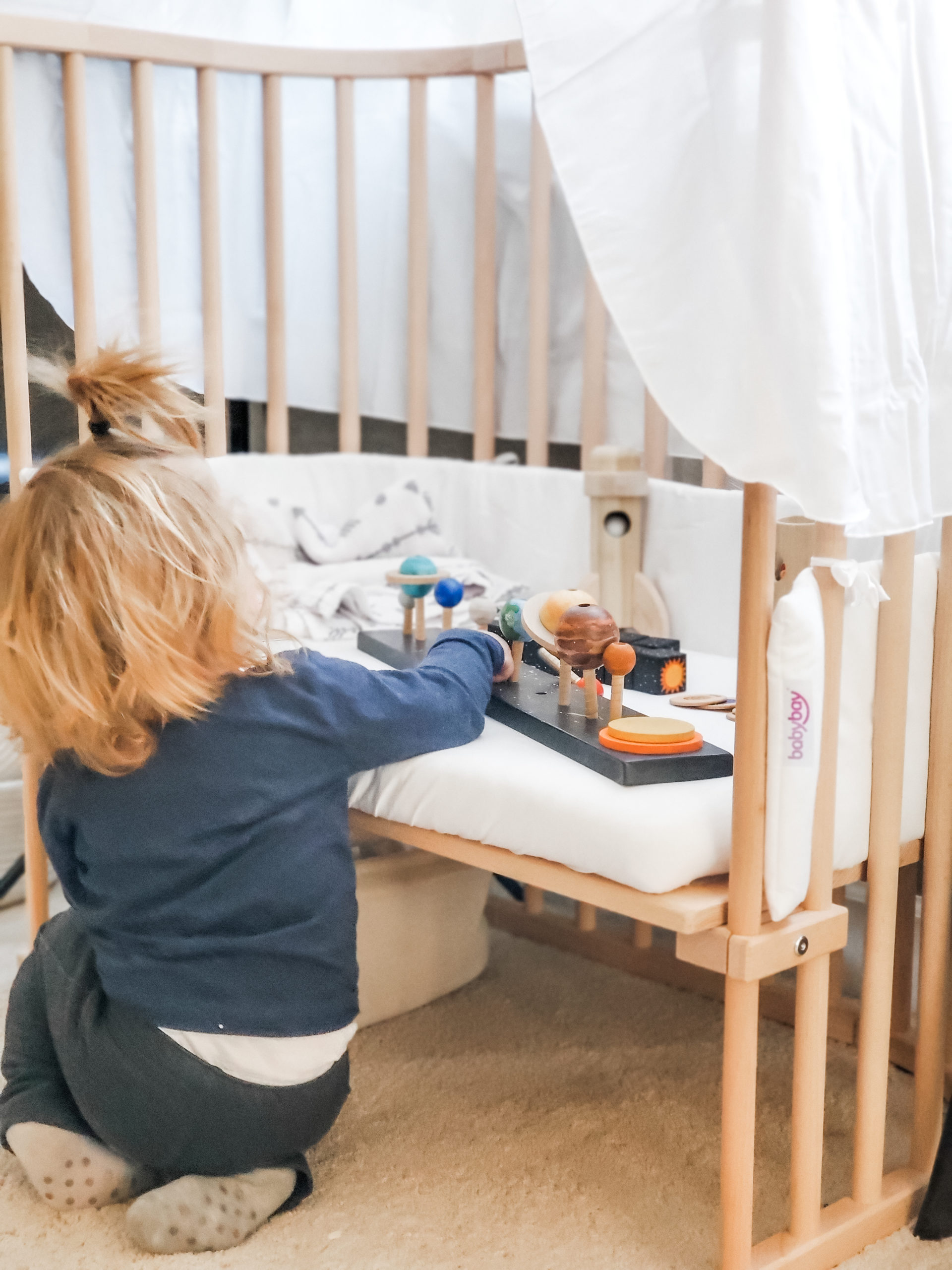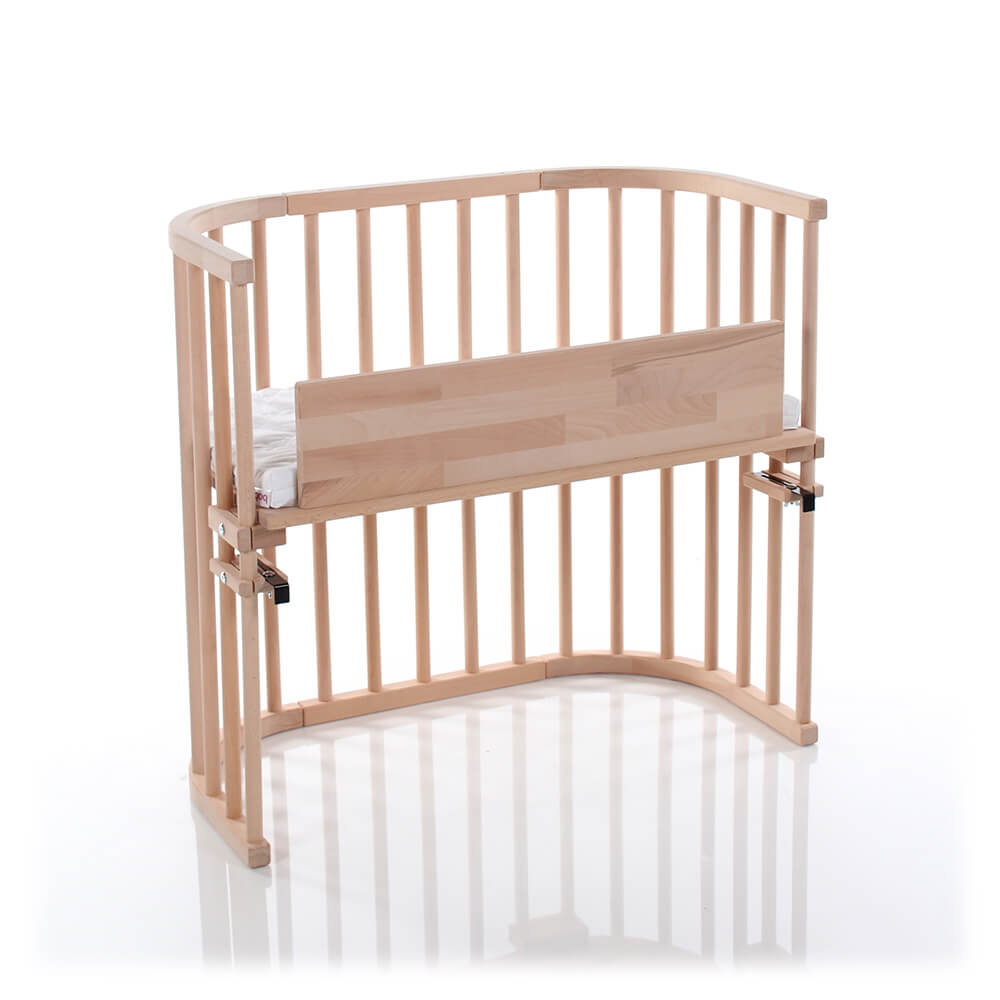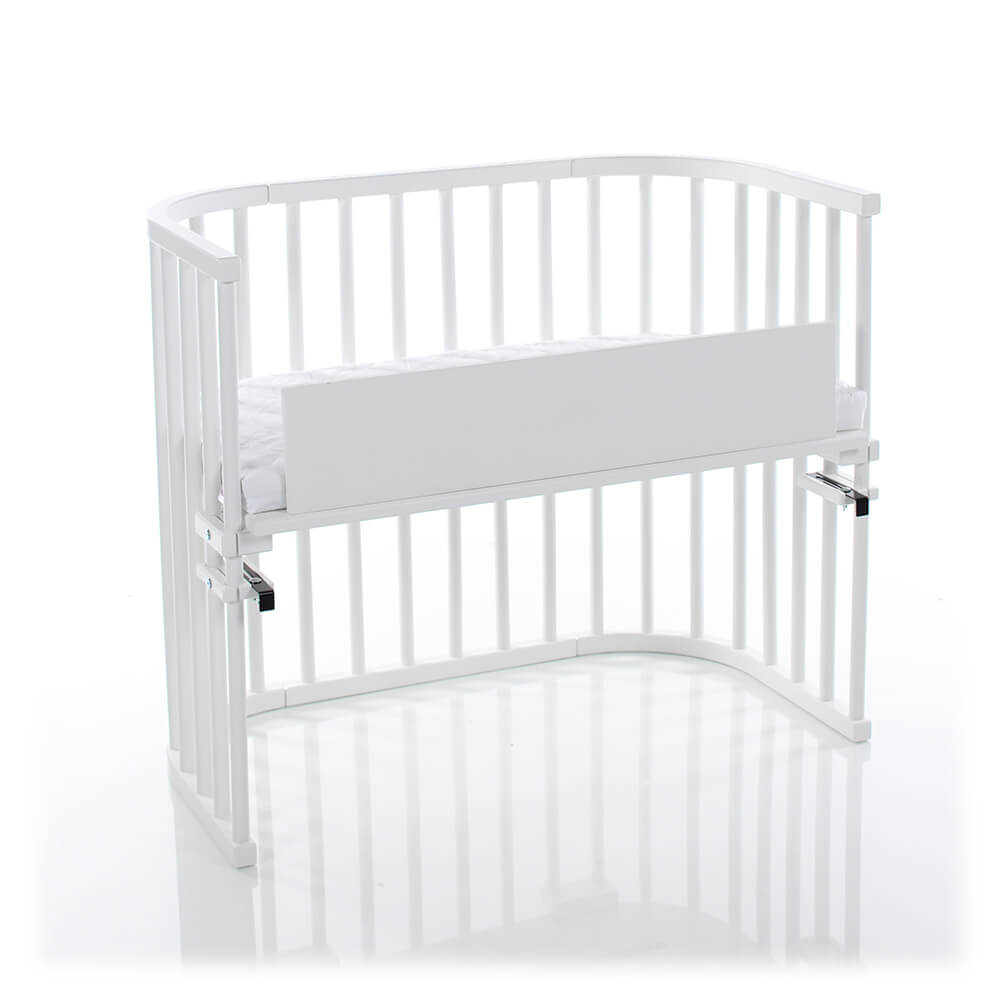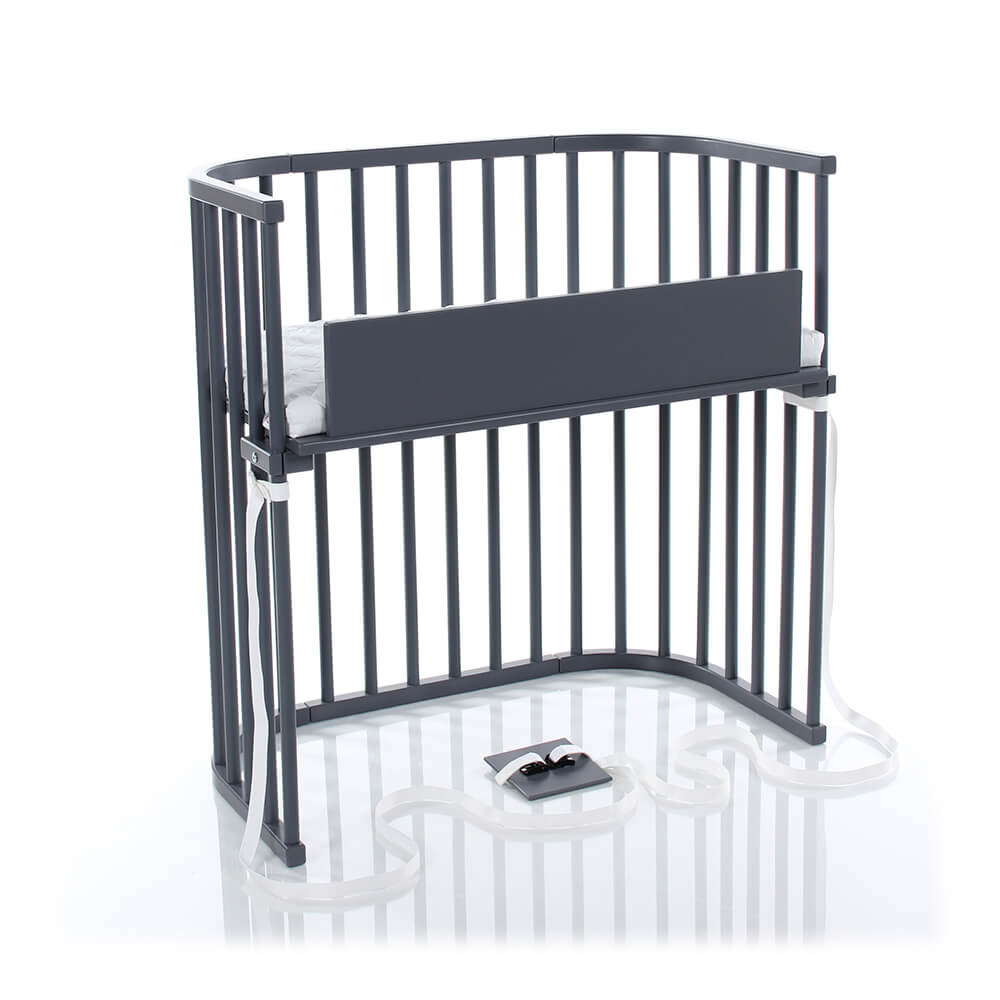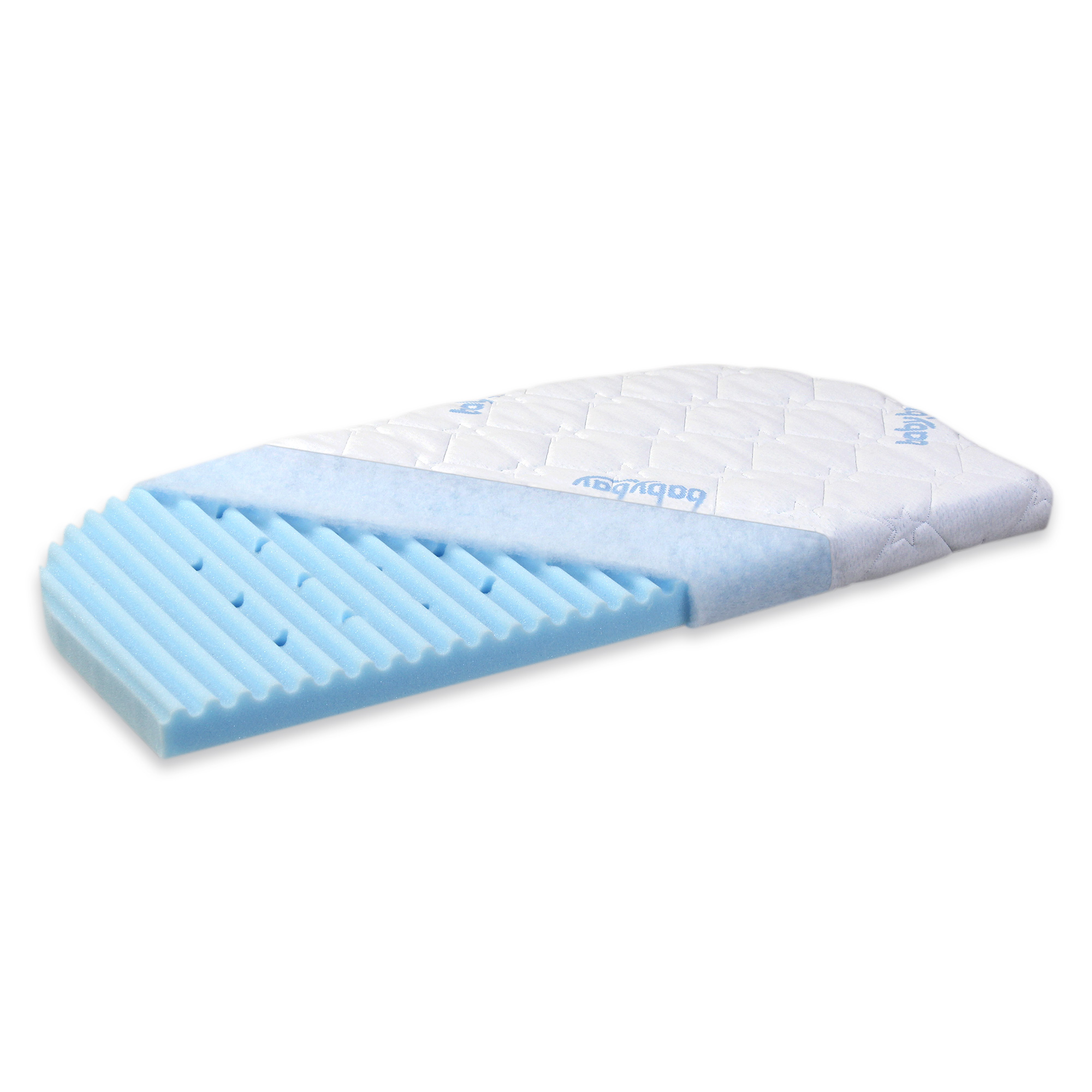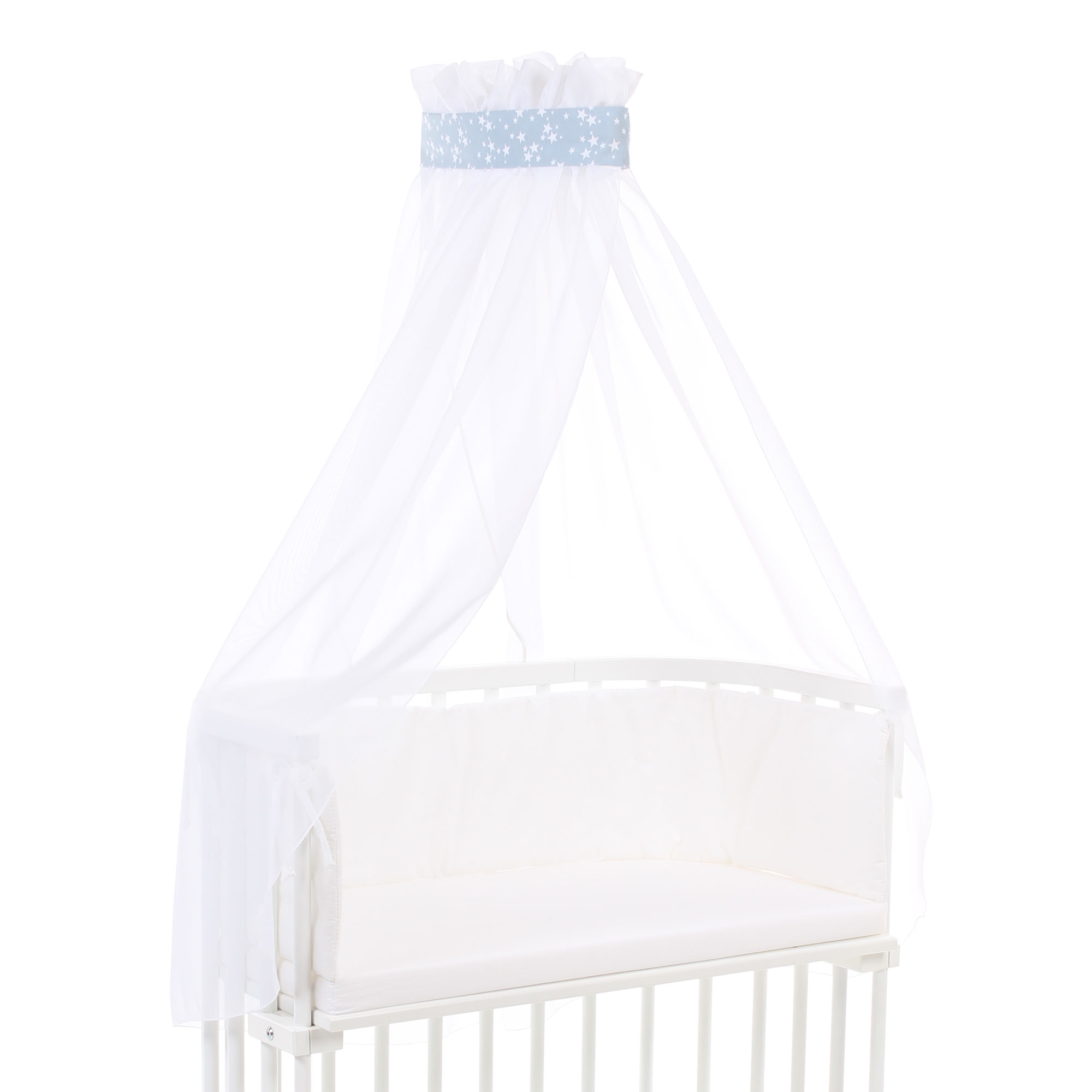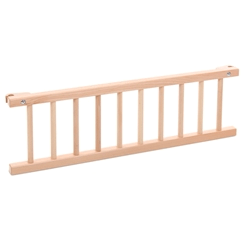baby bedside sleeper
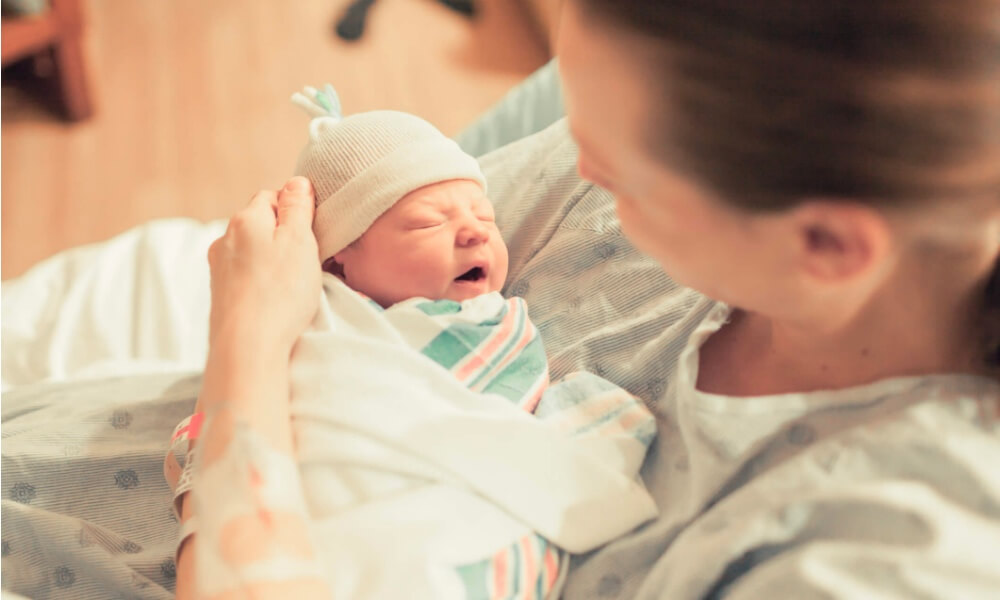
How to Get the Best Possible Sleep After a C-Section
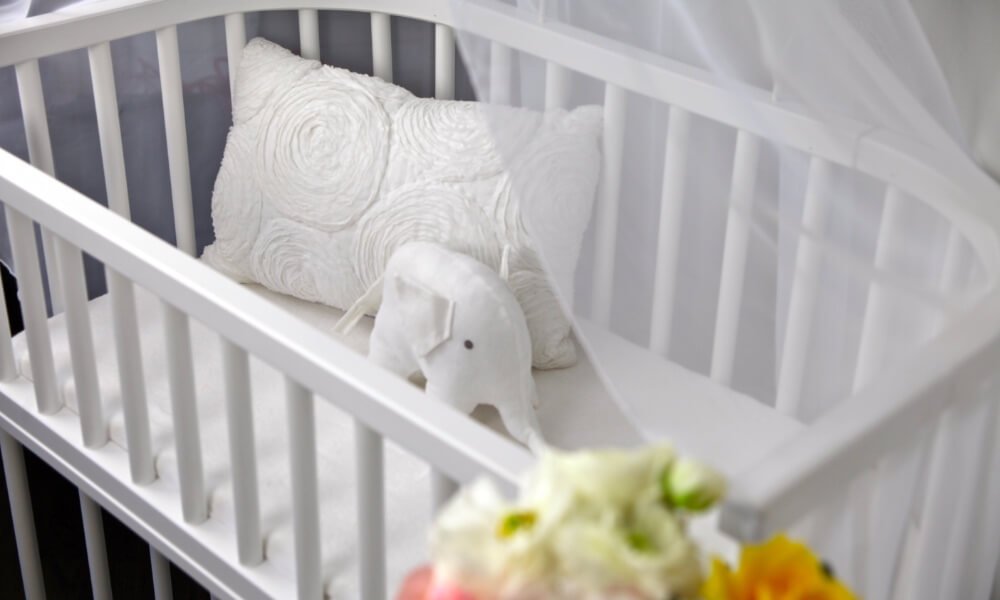
How to Transform Your Babybay Bedside Sleeper into a Bassinet

A Guide for Sleep Deprived Parents: How to Get Sleep with a Newborn
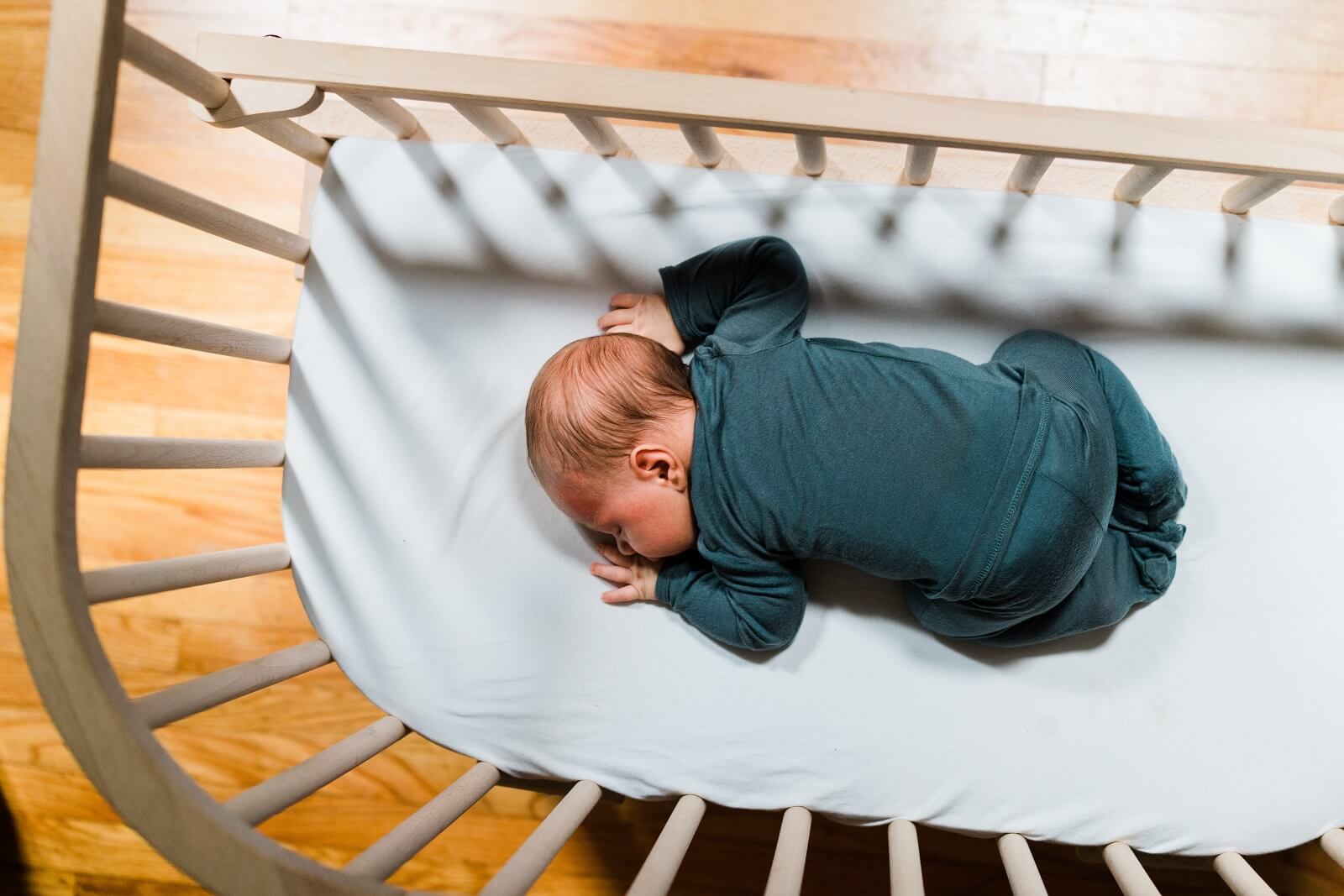
Does Your Baby’s Bed Follow Crib Safety Standards?
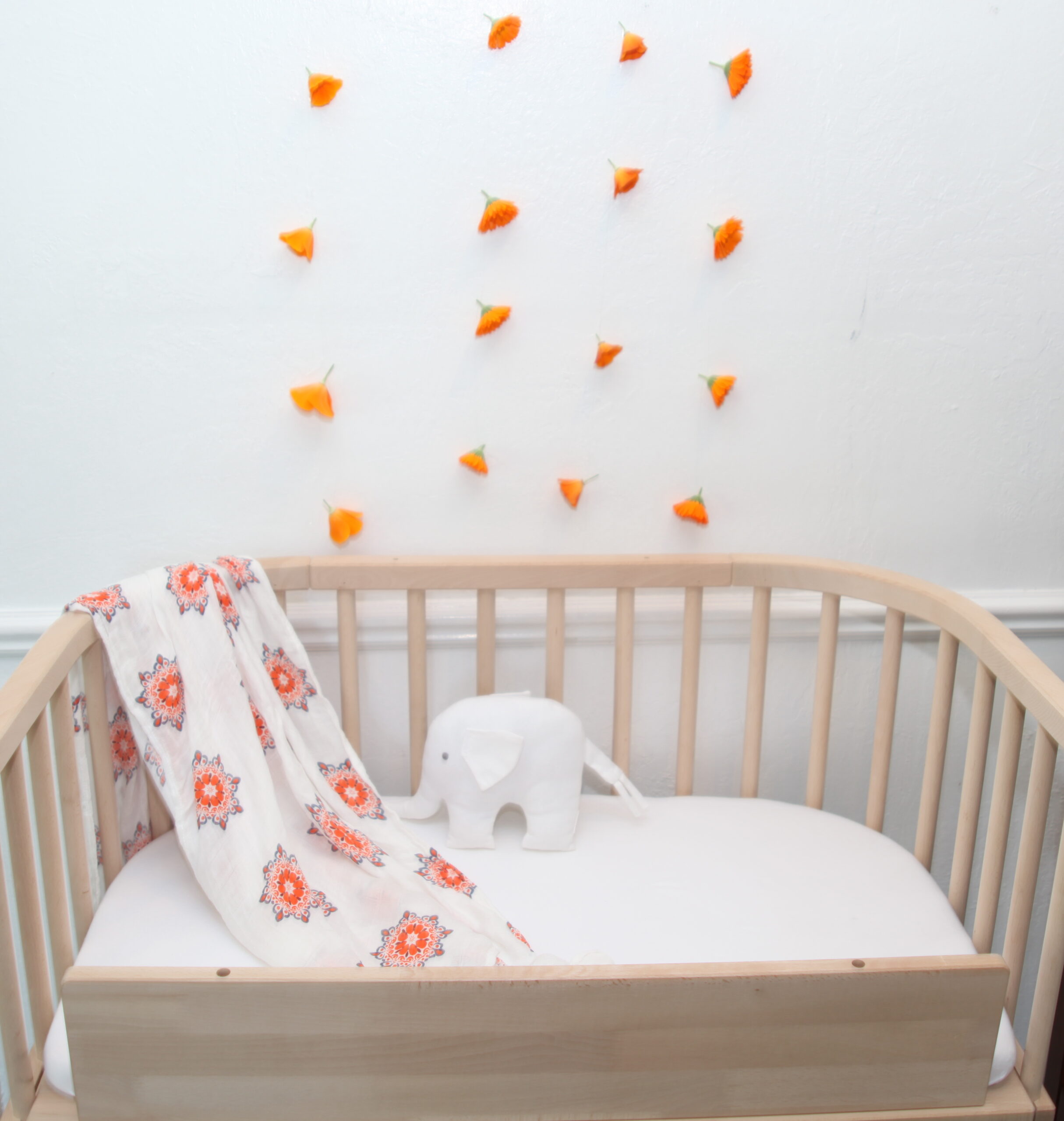
babybay Unboxing: How to Prep Your Bedside Sleeper For Your Little One’s Arrival
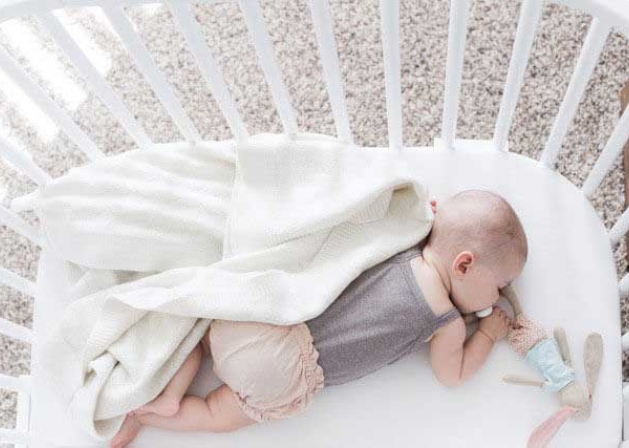
3 Big Benefits of Co-sleeping with your Newborn
